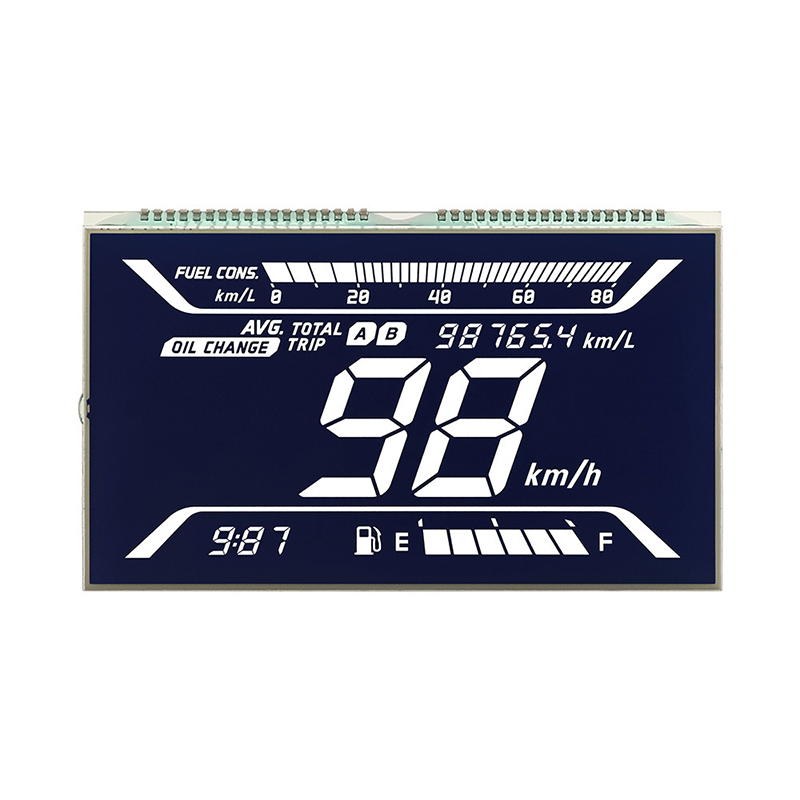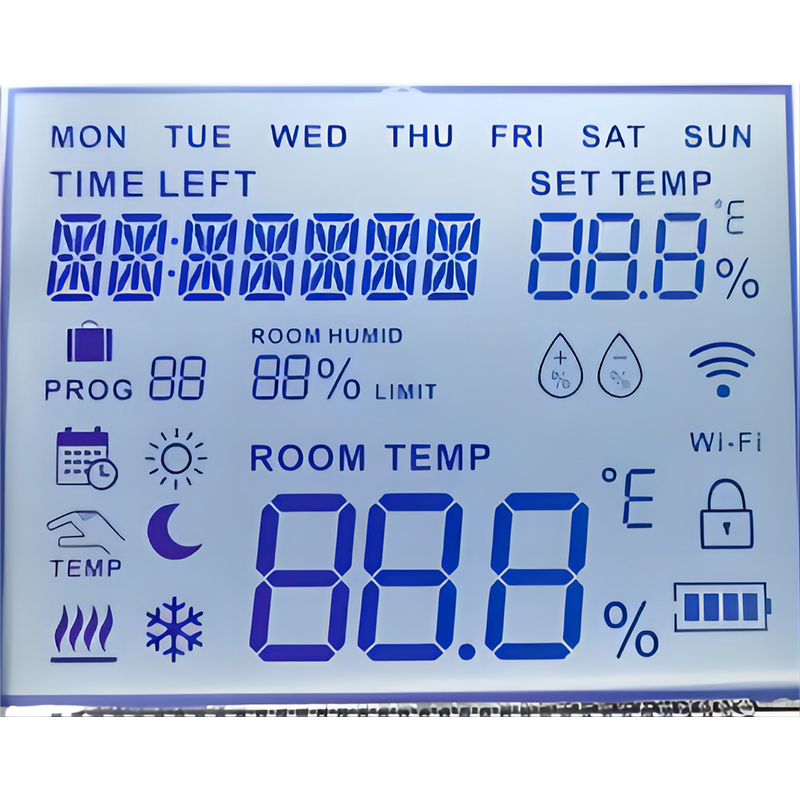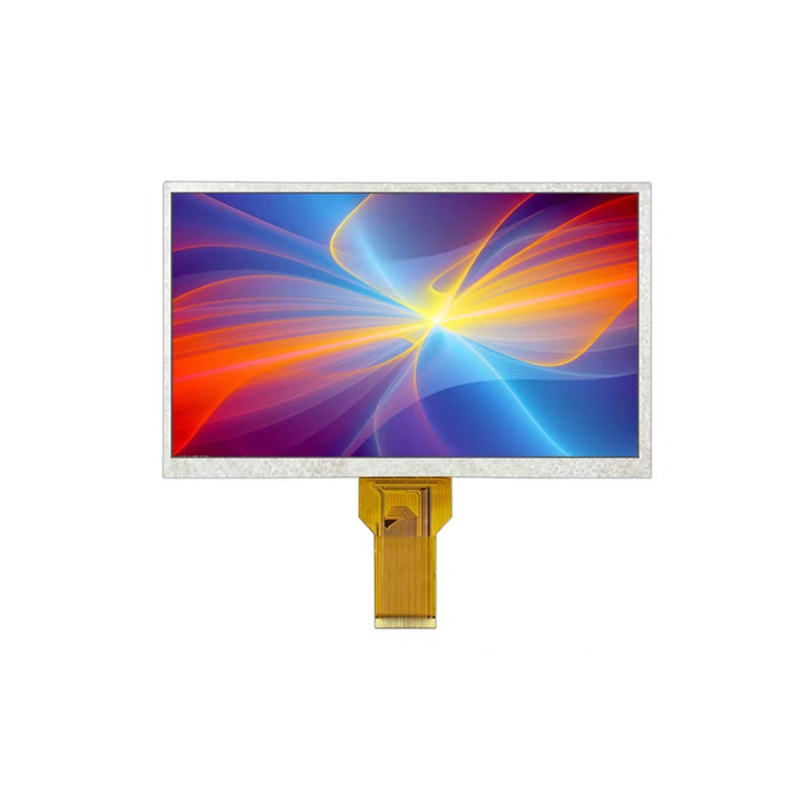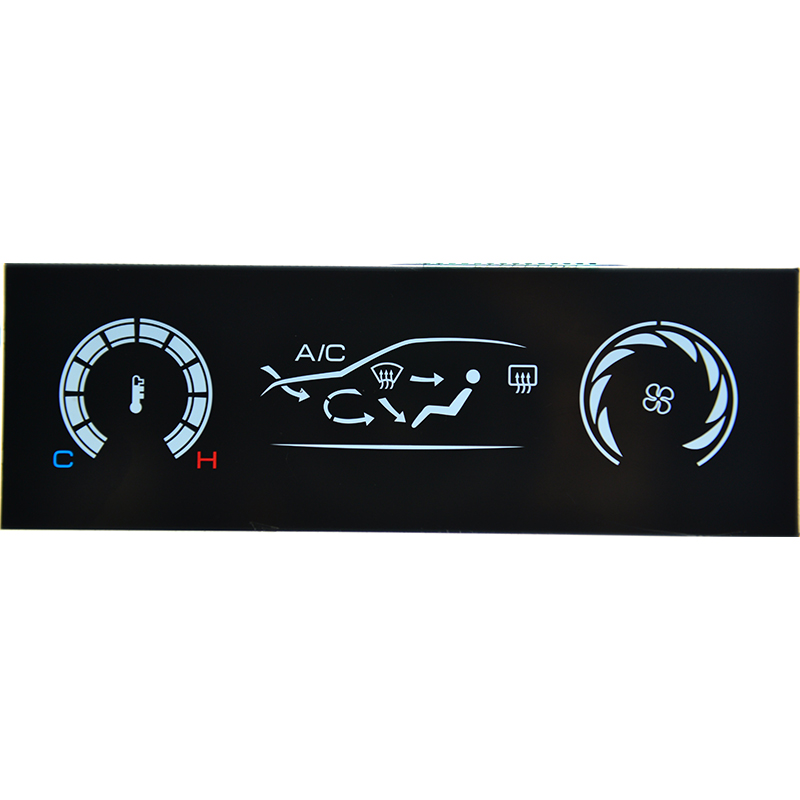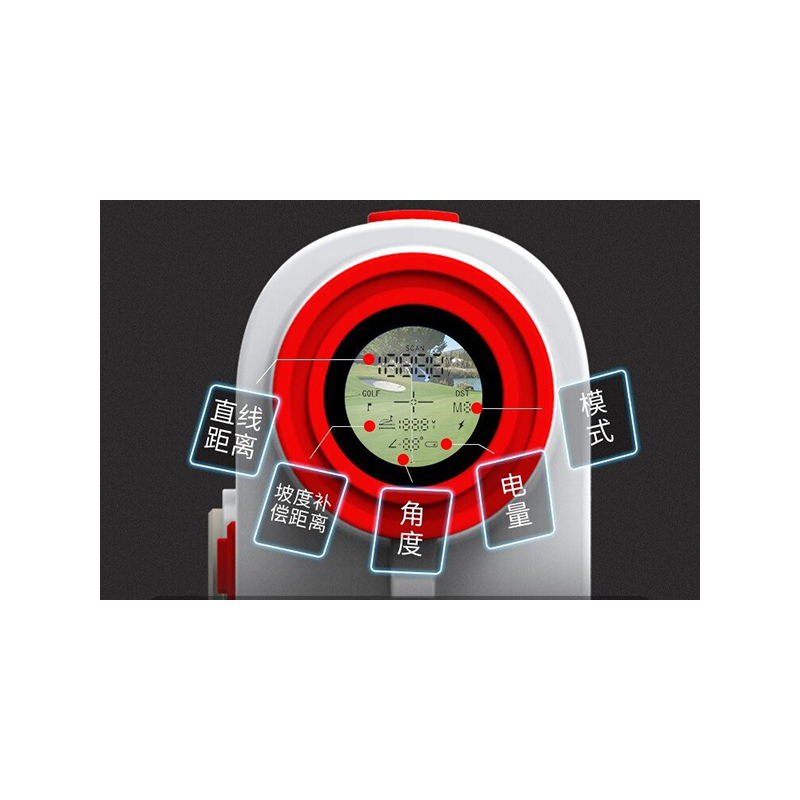
This comprehensive guide explores the technology behind LED backlit LCD displays, comparing different types, highlighting key features, and helping you choose the perfect display for your needs. We'll delve into the advantages and disadvantages, examining factors such as brightness, color accuracy, power consumption, and longevity. Learn how LED backlit LCD technology has revolutionized displays and what to consider when making a purchase.
An LED backlit LCD (Liquid Crystal Display) uses Light Emitting Diodes (LEDs) as the backlight source for the liquid crystal display. Unlike older CCFL (Cold Cathode Fluorescent Lamp) backlights, LEDs offer several key advantages, resulting in superior image quality and energy efficiency. The LEDs illuminate the LCD panel from behind, allowing the liquid crystals to control the light passing through, creating the images we see.
There are several variations in LED backlit LCD technology:
In edge-lit designs, LEDs are placed along the edges of the LCD panel. A light guide plate distributes the light across the entire screen. This is a cost-effective solution, but can lead to less uniform brightness, particularly noticeable in darker scenes. Backlight bleed (light leaking around the edges) can also be an issue.
Direct-lit LED backlit LCDs feature LEDs placed directly behind the LCD panel. This allows for more precise control of the backlight, resulting in better contrast and black levels. However, direct-lit displays are generally more expensive to manufacture.
FALD takes direct-lit technology a step further by using multiple zones of LEDs that can be independently controlled. This allows for even more precise backlight control, leading to significantly improved contrast and black levels, significantly reducing blooming (light spilling into darker areas). High-end televisions and professional monitors frequently use this technology.
When choosing an LED backlit LCD, consider these key features:
| Feature | Description |
|---|---|
| Brightness | Measured in nits (cd/m2), higher brightness is better for bright environments. |
| Contrast Ratio | The difference between the brightest white and the darkest black; higher is better. |
| Color Accuracy | Measured by color gamut coverage (e.g., sRGB, Adobe RGB); wider coverage means more accurate colors. |
| Response Time | How quickly the pixels change color, crucial for gaming and fast-paced video. |
| Refresh Rate | How many times per second the image is refreshed, impacting smoothness of motion. |
For high-quality LED backlit LCD solutions, consider exploring the offerings of reputable manufacturers like Dalian Eastern Display Co., Ltd., a leader in the display industry.
The best LED backlit LCD depends on your specific needs and budget. Consider the intended use (gaming, office work, home entertainment), the viewing environment (bright room vs. dark room), and your budget. Comparing specifications across different models is crucial for making an informed decision.
This guide provides a foundation for understanding LED backlit LCD technology. Remember to research specific products based on your individual requirements for the optimal viewing experience.




